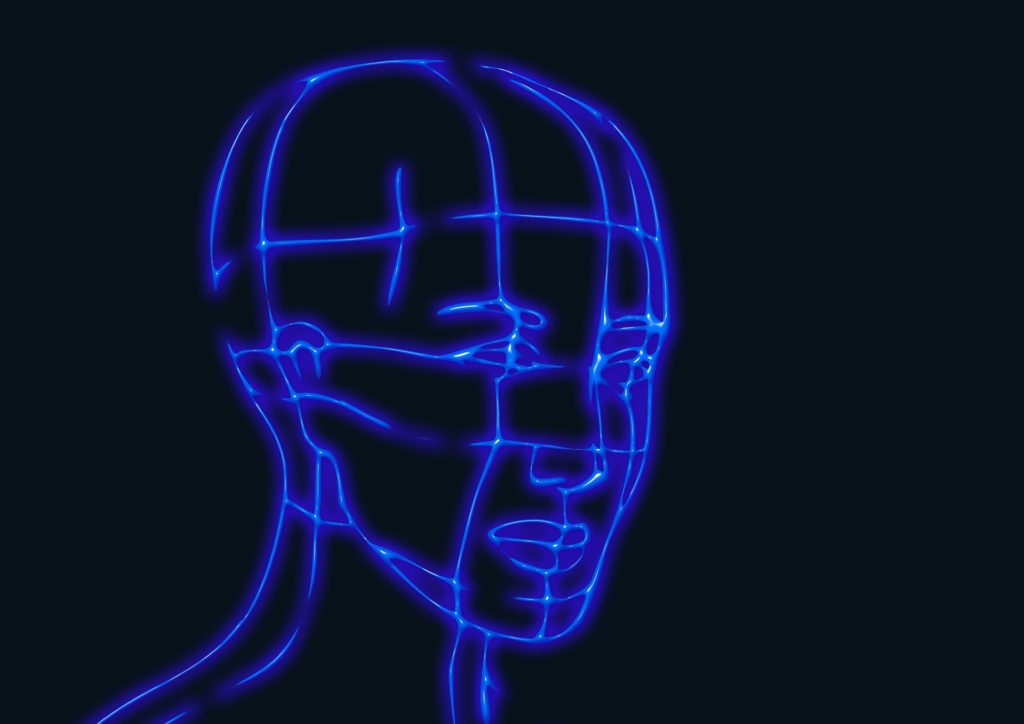3D modeling brings designs to life in a three-dimensional space through the manipulation of polygons, edges, and vertices in a 3D space. It can be done with the help of specialized 3D software and a lot of dedication and imagination.
What It Takes To Be A 3D Modeler
The most important traits of a 3D modeler are creativity, attention to detail, and sharp computer skills. Some familiarity with computer coding and scripting also goes a long way. In a professional setting, a 3D modeler should be a team player and able to take creative criticism. That’s because they’re expected to be working in close proximity to other artists, animators, and several other types of people.
Where Do We See 3D Modeling?

We’ve seen the results of 3D modeling in the movies, animations, and video games we interact with every day. Consider the world-famous Pixar movies people of all ages enjoy like “Toy Story”, “Up,” and “Shrek.” All of this is brought to us through 3D modeling.
The buildings around us are also often a result of 3D blueprints! With this technology, architects are better able to visualize and present their designs even to laymen who may not understand the technicalities of the 2D blueprints.
Beginners will require a lot of time and patience to learn and master the art of 3D modeling. With today’s software, however, this effort is greatly reduced from what was required a few years ago. Good news is that even beginners are able to churn out animations, graphics, and structure designs.
Choosing The Right Software
Want to dive into 3D modeling but not sure where to begin?
One of the practical ways to get started is buying the right software. Based on your familiarity with the concept of designing on a computer, the right software for each person will be different.
Luckily, you can look into several options:
- PhotoModeler: Film, gaming and animation applications with PhotoModeler is made easier as it allows you to export the 3D models in various formats for use in various 3D animation and rendering programs.
- Sculptris: This is a free 3D modeling application brought to us by Pixologic that beginning 3D designers might try first. The software is easy to navigate and allows the earliest of beginners to start creating.
- SketchUp: This is for those 3D designers who have some experience in 3D modeling. This platform is often used for visualizing architecture, interior design, urban planning, engineering, and construction. SketchUp also offers the option of turning your 3D models into 2D documents.
- 3Ds Max: This 3D modeling software, developed by Autodesk, allows you to create gaming worlds and even virtual reality experiences. It allows you free 3 years if you’re a student. Otherwise, there is a shorter free trial for those who want to explore before investing.
- Morphi: This 3D software application is specially designed for those aspiring designers who are more comfortable with tablets. There is an in-built library of functional, beautifully designed models. This software is so simple to understand, it is even ideal for teaching 3D modeling in schools with its special “MorphiEdu” version.
- Fusion 360: This is the software developed by Autodesk that allows you to create the best industrial and mechanical models. It uses a cloud-based platform and is free of cost for students, teachers, and startups.
Tips And Tricks
Instead of getting confused over the complex concepts of 3D modeling, there is always an option to make your learning experience a breeze. Follow these tips and get started right away:
- Software-Specific Tutorials: Various 3D specialized software come with their own set of step-by-step tutorials which is the best way to get started with the software. Once you’ve understood the basics of operating the software, you can learn more about specialized tutorials for the specific technique you wish to learn. These are available all over YouTube and are usually just a search away.
- Start with Simple Objects: Objects such as cubes, spheres, and pyramids are simple and basic objects to create that will create a comfort level much more quickly. From there, compound objects (objects made out of the simple objects) can be made, and then finally, you can move on to the more complex 3D modeling designs.
- Don’t Rush: 3D modeling requires a lot of patience. Take your time in choosing your software, getting to know it and don’t rush into creating extraordinary pieces right away. Don’t give up if you reach a dead-end; that’s how one learns!
- How Can Your Blog Content Build Quality Backlinks - May 21, 2020
- 3 Home Security Tips and Guidelines You Never Thought Of - January 29, 2020
- A Beginners Guide to 3D Modeling - July 23, 2018



Hi!
I really enjoyed reading this article about 3D modeling. Thanks for the simple explanations.
Thank you
Well, beginners will require a lot of time and patience to learn and master the art of 3D modeling. With today’s software, however, this effort is greatly reduced from what was required a few years ago. Good news is that even beginners are able to churn out animations, graphics, and structure designs.
3d modelling requires expert creativity with full attention and sharp pc skills. Non-professional designer take little much more time to design their object. 3d modelling tactics are implemented on movies, comics, television series and on other visual media platforms.
The art of 3D modeling. However with the current software, this effort is greatly reduced from what was required several years ago.
3D Animation. 3D software uses computer-generated lines, surfaces, or solids to create 3 dimensional models. It is also a more difficult technique to perfect.
What are some skills that you need to be successful with this technology?